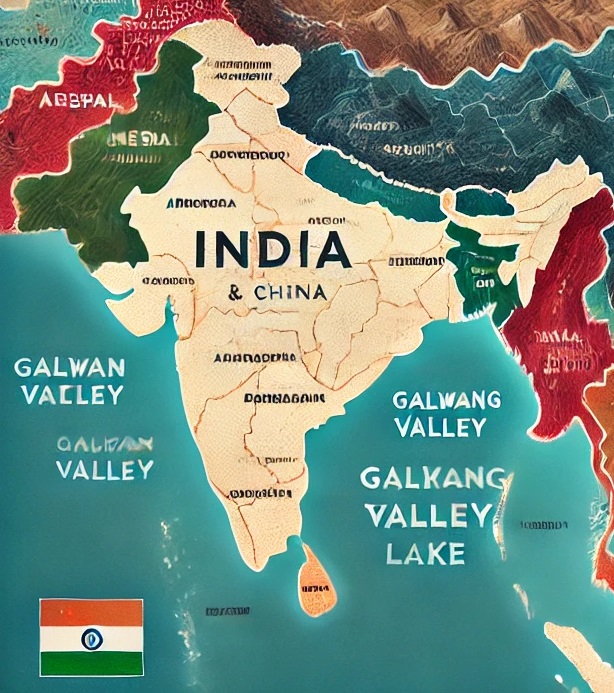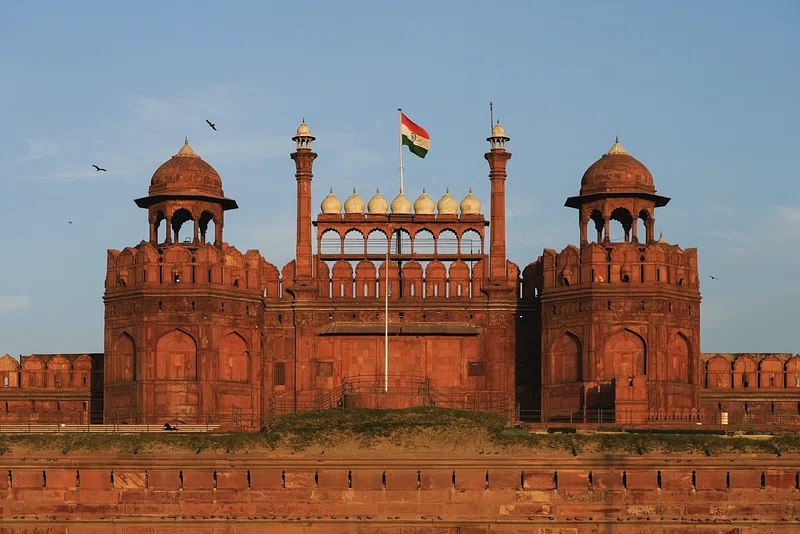Introduction
The India-China border dispute is one of the most complex and long-standing territorial disagreements in the world, involving over 3,400 kilometers of disputed boundaries along the Himalayan range. As two of the world’s largest and most powerful nations, the nature of this dispute holds immense geopolitical and military significance. The disagreements have periodically escalated into violent skirmishes, making it a sensitive issue not just bilaterally, but globally.
The border conflicts between India and China stem from differing interpretations of historical treaties, colonial-era boundaries, and the strategic importance of these territories. This article explores the historical context, key conflict zones, recent tensions, and the latest diplomatic efforts toward de-escalation.
Historical Background of the Border Disputes
The India-China border dispute has roots in the colonial era when British India’s northern boundary with China remained largely undefined. The most prominent boundary is the McMahon Line, drawn during the 1914 Simla Convention between British India and Tibet. While India recognizes this line as its official border, China does not, especially in the eastern sector of the border.
After India gained independence in 1947 and China established the People’s Republic of China in 1949, these territorial issues intensified. By the late 1950s, tensions over the Aksai Chin region, an area under Chinese control but claimed by India, began to heat up. This culminated in the Sino-Indian War of 1962, a short but intense conflict where Chinese forces made significant gains, capturing large swaths of disputed territory.
The Key Disputed Areas
- Aksai Chin: Aksai Chin is located in the western sector of the India-China border and covers approximately 38,000 square kilometers. It is administered by China but claimed by India as part of its union territory of Ladakh. Aksai Chin is strategically important to China as it connects Tibet and Xinjiang.
- Arunachal Pradesh: In the eastern sector, the state of Arunachal Pradesh is claimed by China as “South Tibet.” This region has been under Indian control since independence, but China disputes its legitimacy, particularly over the Tawang area, which has historical connections to Tibet.
- Ladakh and Galwan Valley: The Ladakh region has been the focus of many recent tensions, including the deadly clash in the Galwan Valley in 2020, marking the first time in decades that casualties were reported from the India-China border skirmishes.
The Recent Border Clashes
In recent years, several high-profile incidents have reignited tensions:
- Doklam Standoff (2017): The standoff at Doklam involved Chinese attempts to extend a road in Bhutanese territory near India’s strategic Siliguri Corridor. India, in defense of Bhutan, intervened, leading to a 73-day military standoff that ended with both sides stepping back.
- Galwan Valley Clash (2020): Perhaps the most serious incident in recent times, the Galwan Valley clash saw hand-to-hand combat between Indian and Chinese troops, resulting in the deaths of 20 Indian soldiers and an undisclosed number of Chinese casualties. This confrontation brought global attention to the fragile peace along the Line of Actual Control (LAC).
- Pangong Tso Lake: The contested area around this high-altitude lake witnessed significant military build-up, but disengagement agreements have led to some de-escalation in 2021.
Diplomatic and Military Agreements Over Time
Over the decades, several attempts have been made to manage tensions:
- 1993 and 1996 Agreements: India and China signed two key agreements to maintain peace along the LAC, including guidelines on troop deployment, avoiding armed conflict, and mechanisms for resolving issues through dialogue.
- 2005 Political Parameters Agreement: This agreement established guiding principles for settling the boundary question and underscored that no territory with settled populations should be exchanged.
The Latest Agreements
Following the 2020 Galwan Valley clash, high-level military and diplomatic talks have led to several disengagements:
- Post-Galwan Agreements: Talks in 2021 and 2022 focused on de-escalation in high-tension zones like Pangong Tso and Hot Springs.
- September 2023 Agreement: The latest disengagement agreement involved both sides pulling back troops from friction points in the Demchok and Depsang Plains areas, although many areas remain unresolved.
Current Status and Future Outlook
The situation remains tense, with both countries maintaining a substantial military presence along the border. However, ongoing dialogue through bilateral mechanisms and multilateral platforms like the Shanghai Cooperation Organization (SCO) offers hope for sustained peace. The future hinges on both sides’ willingness to negotiate a fair boundary settlement.
Conclusion
The India-China border dispute remains a critical issue, shaped by history, strategic interests, and regional power dynamics. While recent agreements signal some progress, the path to a lasting resolution is fraught with challenges. With diplomatic channels still open, both nations have an opportunity to manage tensions and work towards a more stable relationship.




